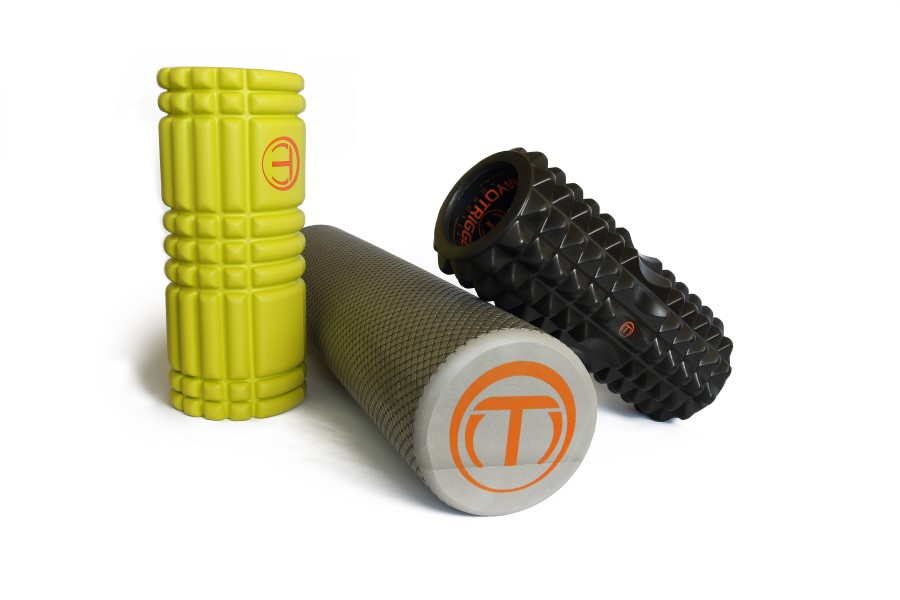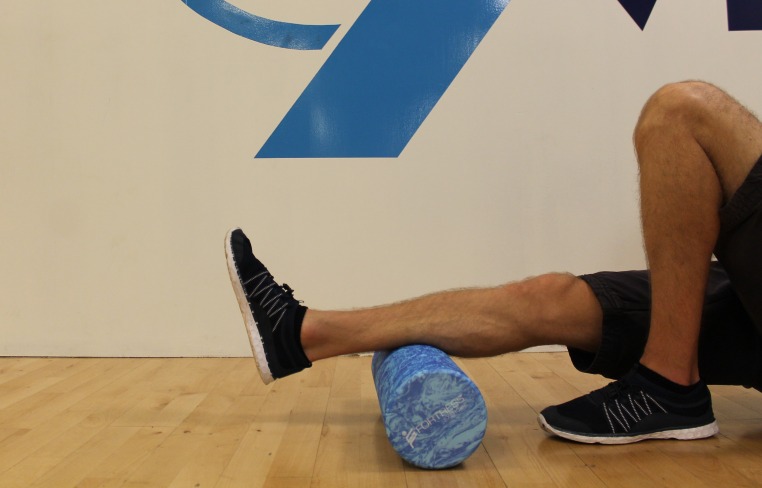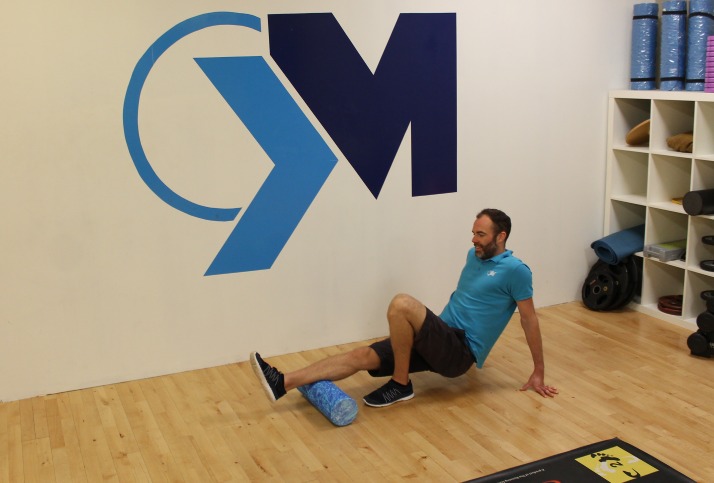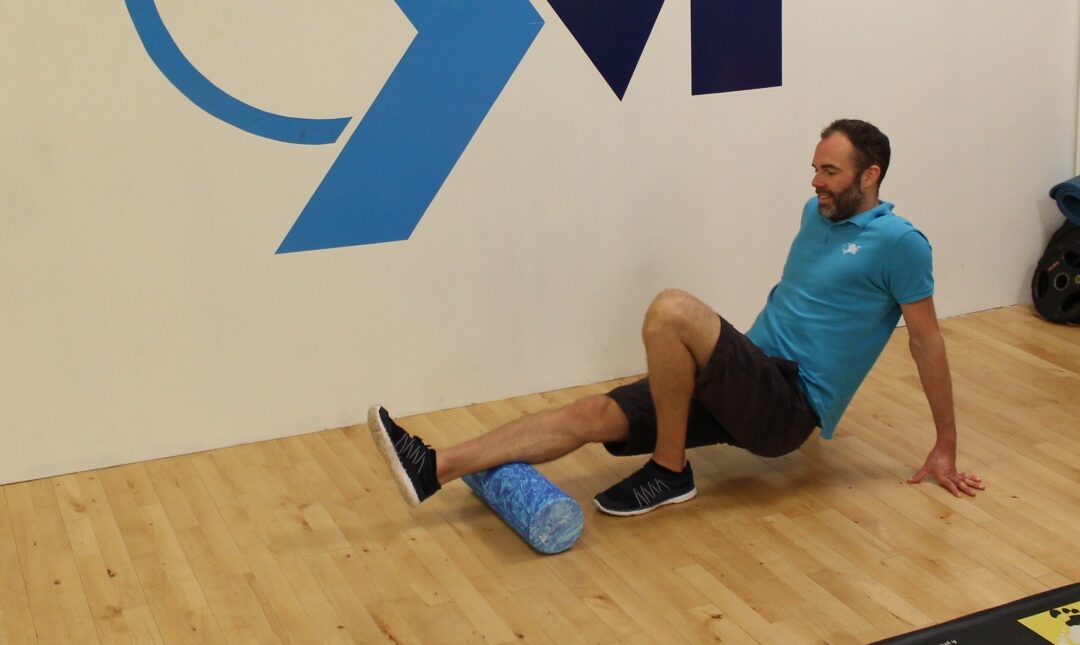At Optimal Movement we often recommend foam rolling to aid in the recovery from injury and ultimately to improve performance. Many people have a foam roller at home but don’t use it. A lot of the time it ends up being used as an over-sized doorstop or makeshift single-cup coffee table (standing vertically obviously!) We’ve found this gathering of dust is mainly because of not really understanding how or when to use it. Hopefully we will be able to shed some light on the hows and whys of foam rolling based on the evidence that’s out there.
When mentioning foam rolling the normal reaction is a grimace at best, bringing back memories of rolling out sore muscles whilst in agony on the living room floor, partners or children dismayed at the squealing distraction in front of the television . Yes we admit, foam rolling can be a bit uncomfortable, but when used the right way it can also be very effective for improving flexibility, recovery, and performance.

Before we go on here’s the science-y part…..foam rolling is a type of ‘self-myofascial release’ technique, similar to when we therapists place an elbow into one of your tight spots but without us actually being present in your living room. The human body has layers of “fascia” within it. One of the functions of the fascia is to hold the different types of tissues (e.g. muscles) in place. Fascia is a tough and dense material and, when put under excessive strain, it can become thicker and lose it’s elasticity. This can become a problem over time, leading to a loss of movement in a specific area of the body.
So how can foam rolling help? Well, foam rolling can be used to release restrictions in the fascia, thus restoring soft tissue flexibility and joint mobility. This happens via a mechanism whereby a fluid called ‘hyaluronic acid’ is released in the area being rolled. This fluid helps to restore the gliding of the tissue in the area (it’s like self-produced WD40!)As well as this, fascia also contains lots of nerve receptors, which communicate with the central nervous system (our brains). When pressure is applied to these areas via a foam roller, the muscles relax due to the effects it has on this communication and the nervous system.

In the past static stretching was part of a lot of peoples’ warm-up routines and we still see this occasionally today. Only recently has it been found to be detrimental to performance due to the evidence behind a reduction in; force production, running speed, strength endurance, and reaction time. Foam rolling on the other hand seems to be one of the best ways to improve mobility before exercising, and has even been found to improve performance when used alongside a dynamic warm-up routine. To back this up, recent research has found that foam rolling improves flexibility and joint range of motion, which can have long term effects when used on a regular basis. Current research has also found that foam rolling reduces the sensation of delayed onset muscle soreness – I’m sure you’d agree that’s a good thing, no more hobbling down the stairs the day after a session or race!
Currently, research suggests the best way to use a foam roller is in sets and repetitions, just like your strength program 😉 For example, to release your hamstrings you may roll them for three sets of 30 seconds. To have long-term effects it’s recommended you foam roll for a minimum of three times a week. You can often work out which areas need the most attention based on feel, however a qualified therapist give you specific advice on the areas to focus on. Sometimes fascia (we think U2 actually sang about it) can “move in mysterious ways”. Be careful too with the amount of pressure applied, sometimes more doesn’t mean better.

We hope this has given you a bit more of an understanding of how foam rolling works and how you can use it throughout your training. If you want to improve your foam rolling skills, and find out which areas you need to focus on, please book in to see us or get in touch (but first you probably need to buy an actual doorstop and/or coffee table).
